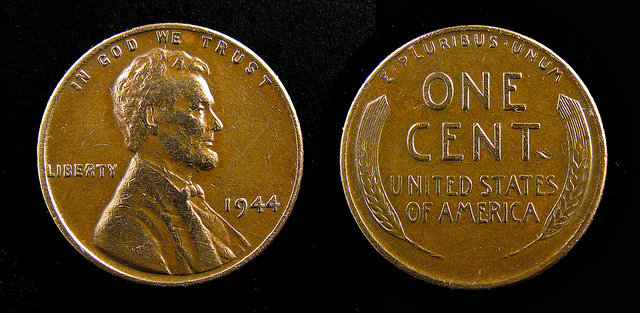


They start with AA, and a batch number, which starts with 01.
#Valuable coins penny serial number
This serial number is made up of a two-letter prefix.

Notes are printed in sheets, with a serial number assigned to each note. Notes signed by certain individuals who have had this role are particularly sought after by collectors. Each note includes a signature by the Chief Cashier at the Bank of England. This rare 1971 £5 note was sold at auction in May 2017 for £168,800.Īccording to coins and banknotes experts, there are two key features that make a banknote valuable. This makes them yet more rare and contributing to a value of around £1,700. There is also an unknown number of this coin featuring a flat surface and an incorrect die.

With just under 2,100 of these coins minted, they are among the rarest in the UK. The final hammer price was double that of the auction guide price and set a new world record for a penny.This commemorative coin features a football, the date and 16 small circles to signify the countries taking part in the European Championships football tournament in 1996. This was a monumental shift in value as our team explained at the time – “ No other bronze coin has ever come close, I think the last was in the region of £15,000”. In 2016 a 1933 pattern penny was sold at auction for £86,400 ( including buyer’s premium) by AH Baldwin & Sons. The pattern differs from the “regular” 1933 penny in a few details, including a different set of designer’s initials. Only four of the 1933 pattern pennies are known to exist. In addition to the seven known 1933 British penny examples, and of even greater rarity and value, is a 1933 pattern penny, engraved for the Royal Mint by French artist Andre Lavillier who was bought in to solve the issue of ghosting caused by the portrait of George V. These coins rarely come up for sale but when they do, it tends to cause quite a stir. It is not known exactly how many were minted, but it is believed to be no more than seven, three of which reside, as popular exhibits, within the British Museum, Mint Museum and the University of London. As far as we know the third set is still in place beneath the Bloomsbury buildings of the University of London.Īs well as these three sets a handful of additional coins were kept by the Royal Mint. As a result of this crime a second set, which had been buried within the foundations of St Mary’s Church in Leeds, was removed on the instructions of the Bishop of Ripon and sold. One of these buildings, the Church of St Cross in Middleton, had its set of coins stolen from beneath the foundation stone. The mint released 1933 pennies especially for this purpose, and packaged them in sets with other coins, to be buried beneath three buildings. Justifications for this particular tradition vary but superstition seems to be the most common explanation. Despite the lack of necessity, it was still decided to strike a small number of pennies from that year, the main reason for this is that it was customary to place complete sets of dated coins beneath the foundations of buildings constructed in that year. This was due to the millions of Victorian and Edwardian pennies already in circulation. In 1933 the Royal Mint decided to temporarily cease the production of pennies. The primary factor for this fame is, of course, its rarity within such a common denomination and the reasons for that rarity. It has been a fact of Numismatics for many years that one of the most famous coins is the 1933 Penny.


 0 kommentar(er)
0 kommentar(er)
